In Jerusalem, Israel,
the weather is changing.
Autumn is felt in the air,
and seen in the evening sky.

שבת שלום
Shabbat Shalom.
Jerusalem, Israel – what is really happening
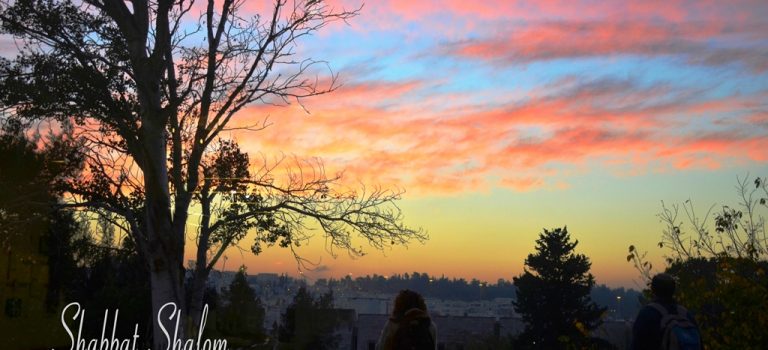
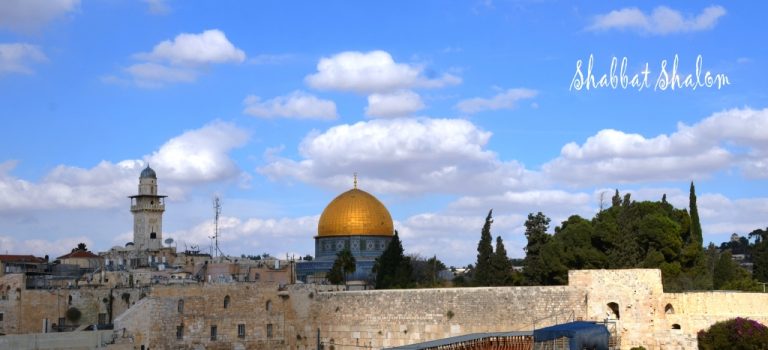
From Jerusalem, Australia, and New Zealand,
government leaders traveled to Beer Sheva
for the 100th-year reenactment of the charge
of the Light Horse Brigade,
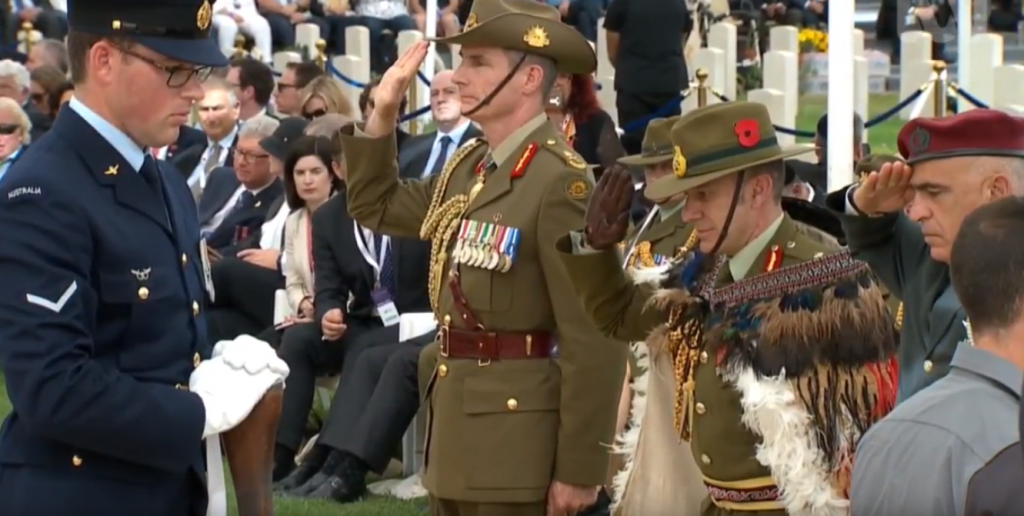
when those brave Aussie horsemen defeated the Turks
and turned the tide in World War I for the Allies.
Then Israeli Prime Minister Benjamin Netanyahu
went to London for the 100th anniversary of the Balfour Declaration,
which called for a Jewish Homeland to be established in Palestine.
For those who study the Bible,
these two events 100 years ago were of great significance.
Christian Zionists were in Jerusalem, Israel,
this week to commemorate with Israelis.
Meanwhile,
outside the PM’s official residence in Jerusalem, Israel,
there was a protest tent and hunger strike.
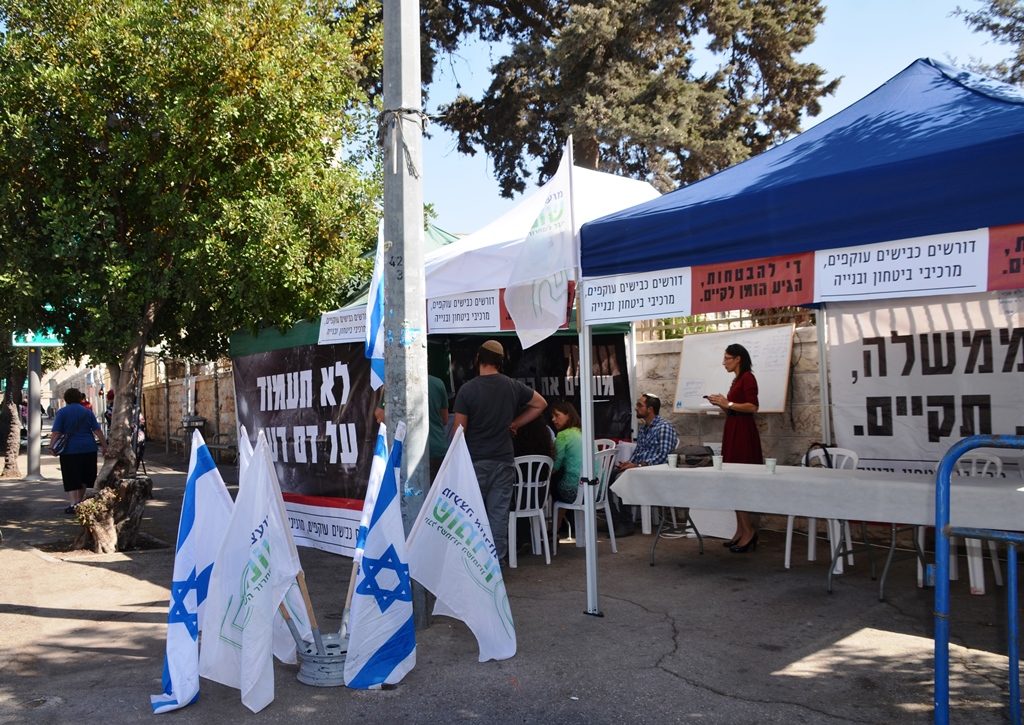
Leaders from Judea and Samaria want
more services and better roads as promised.
Special programs around 100 years since Balfour
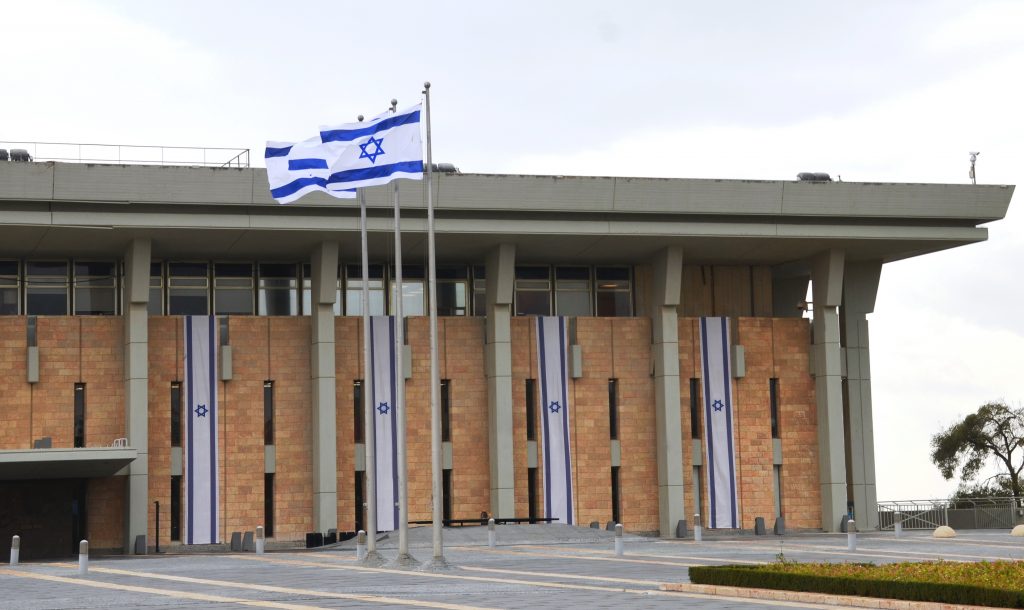
have been held at the Knesset.
Finally back in session after long break,
the Knesset is the scene of multiple sessions daily.
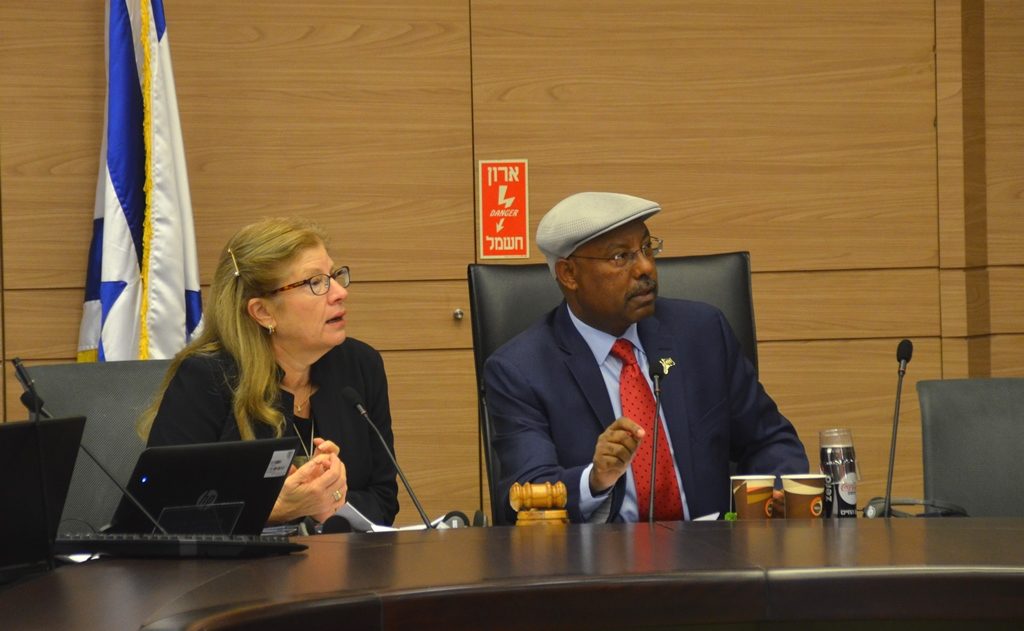
One committee headed by MK Avraham Neguise
heard testimonies of recent growing antisemitism.
From left to right, wearing translation earphones, are
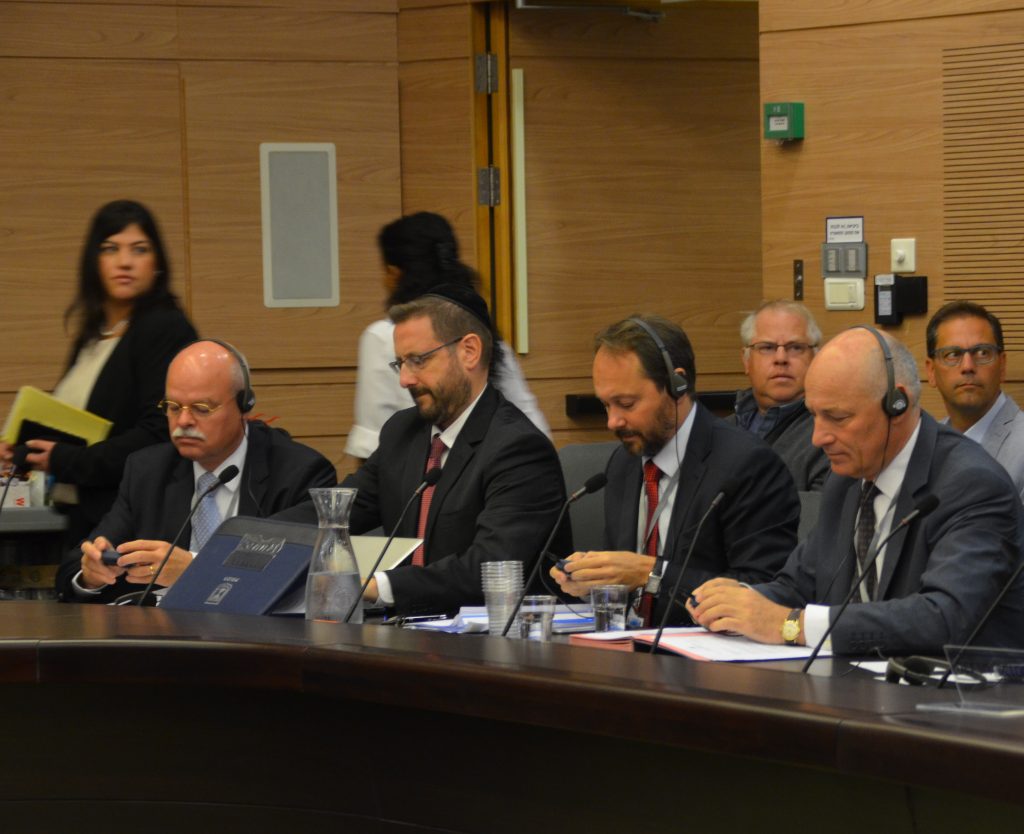
the Ambassadors of Germany, the European Union, and Austria.
Also on the road this week is
President Reuven Rivlin, who was in Spain
meeting with Jewish leaders, and was hosted
by King Felipe VI and Queen Letizia at a state dinner.
100 years ago Jews were allowed to enter Spain
after being expelled in 1492.
Last week at Beit Hanasi, the President’s official residence,
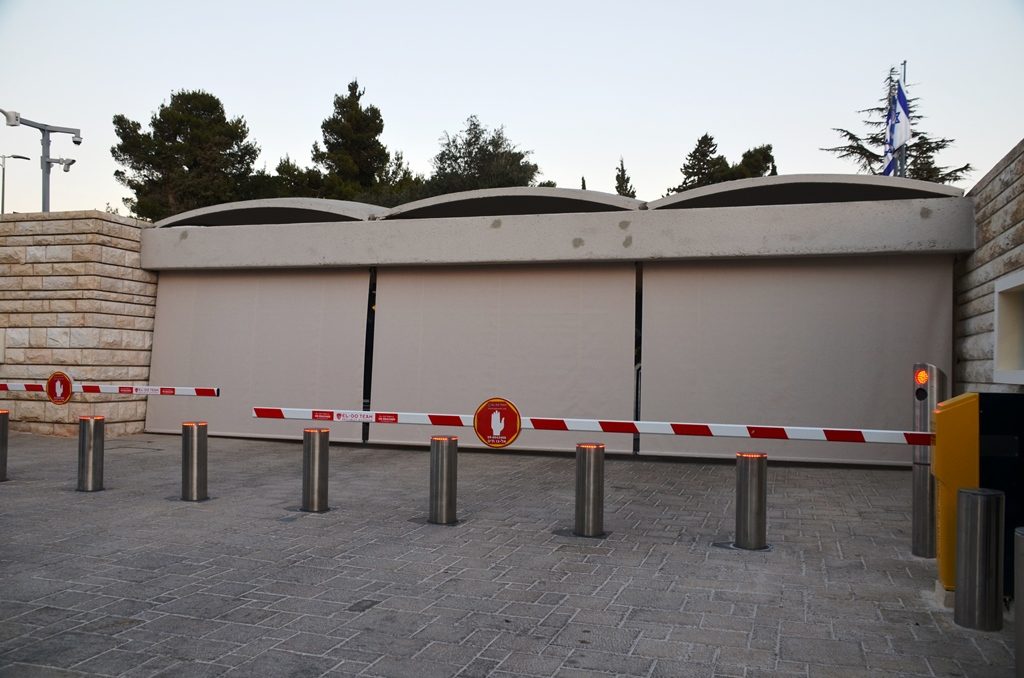
new security covers were down.

Loud protesters from South Tel Aviv
took to the streets shouting,
in stark contrast to what was happening inside.
Outgoing Israeli Supreme Court President Miriam Naor
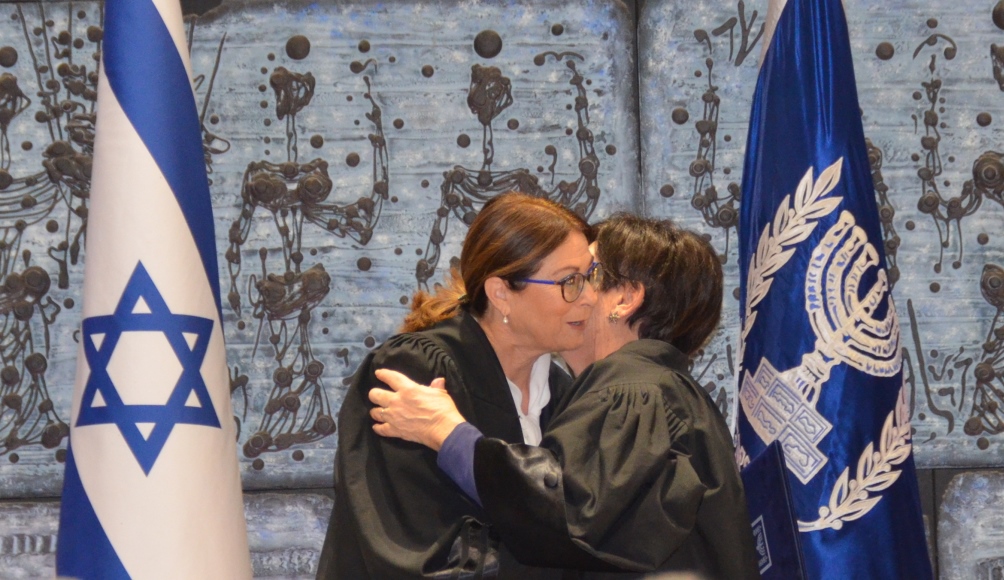
kissed and hugged incoming President Esther Hayut.
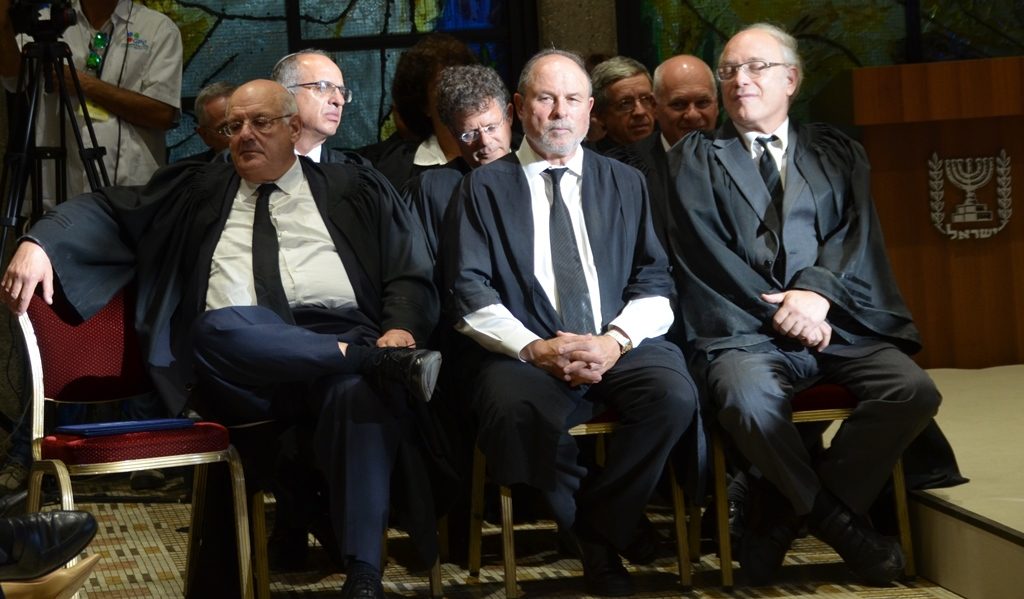
Israeli Supreme Court Judges sat on the side
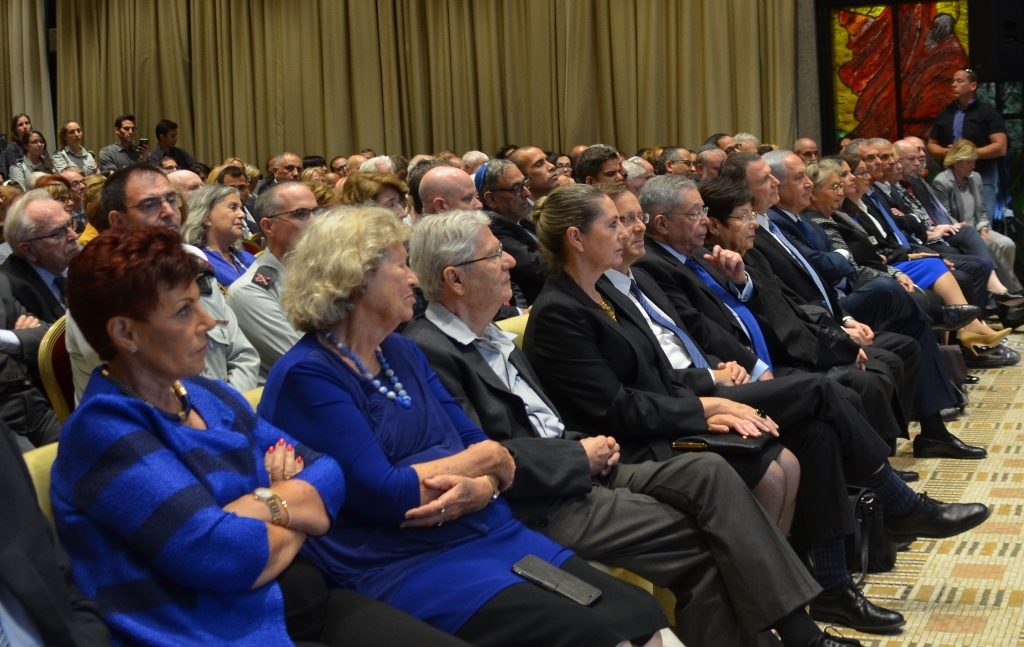
as former Supreme Court Presidents sat with
with other government leaders.
After the loud Knesset opening,
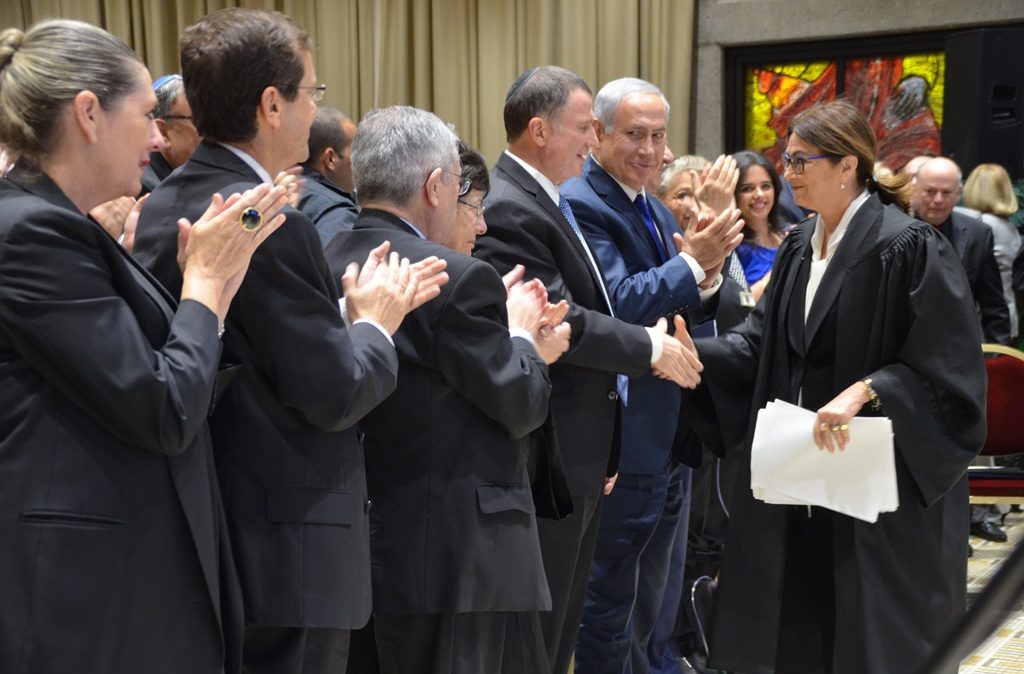
this dignified, hand shaking,
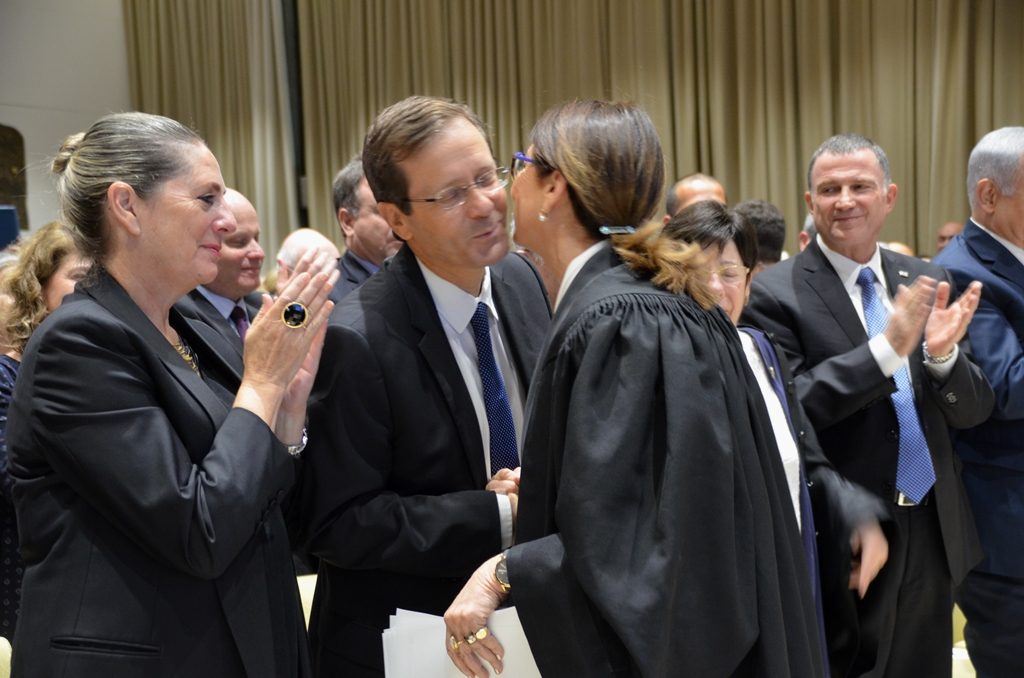
kissing and hugging event did not make international news,
but Israel media had live coverage.
The room was as crowded as it was for President Trump’s visit.
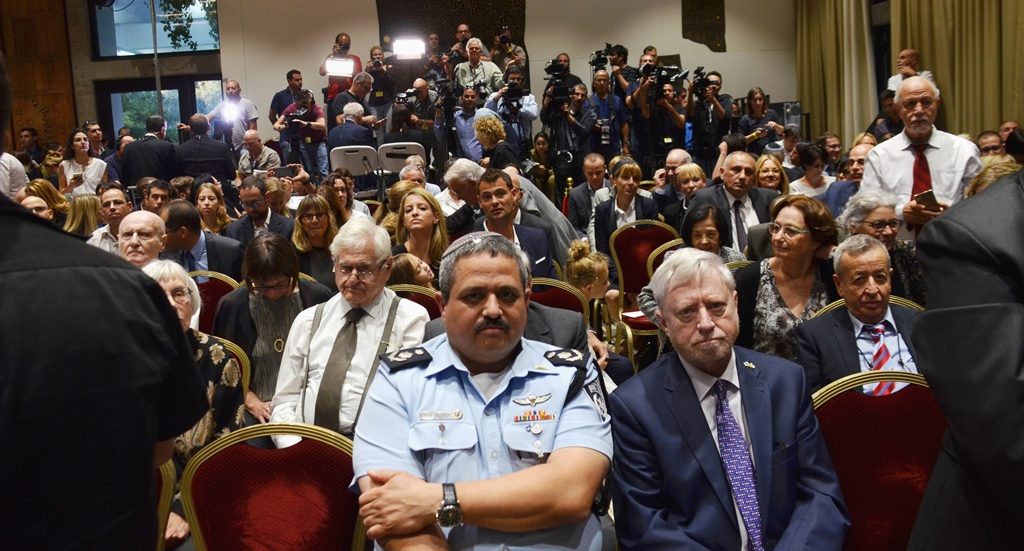
The Israeli Chief of Police did not seem
thrilled while he waited for the official photos of
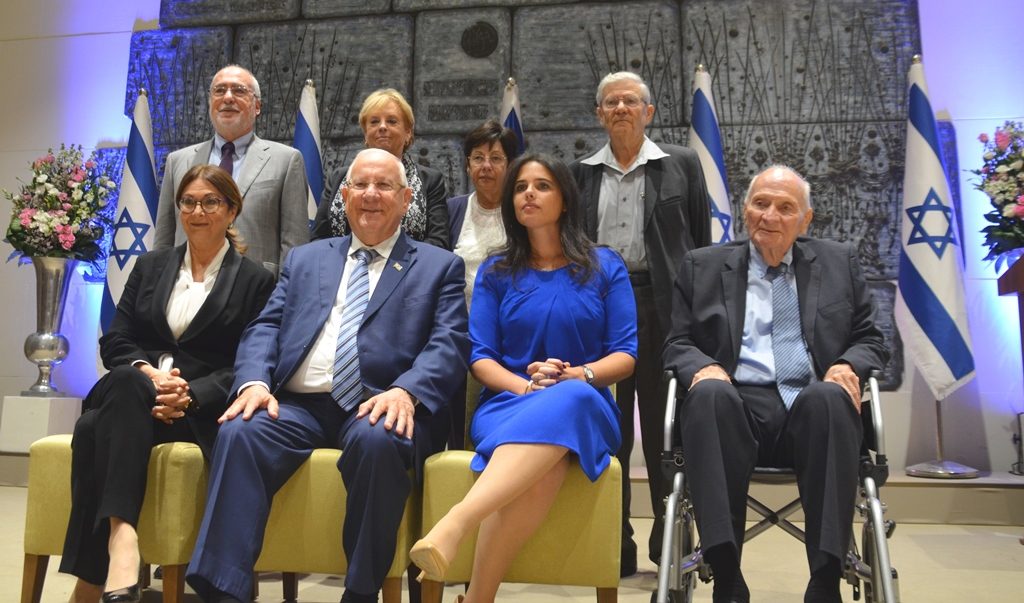
the present and past Supreme Court Presidents
with President Rivlin and Justice Minister Shaked.
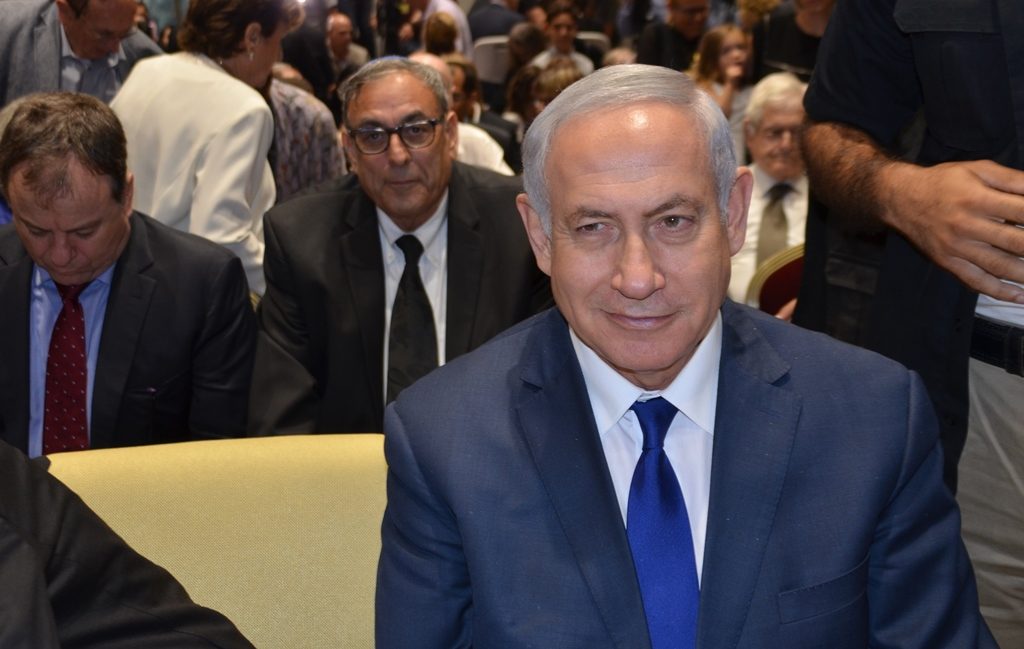
But even the Prime Minister had to sit and wait

for the expanded official Supreme Court photo.
One more of the many memorable scenes at Beit Hanasi
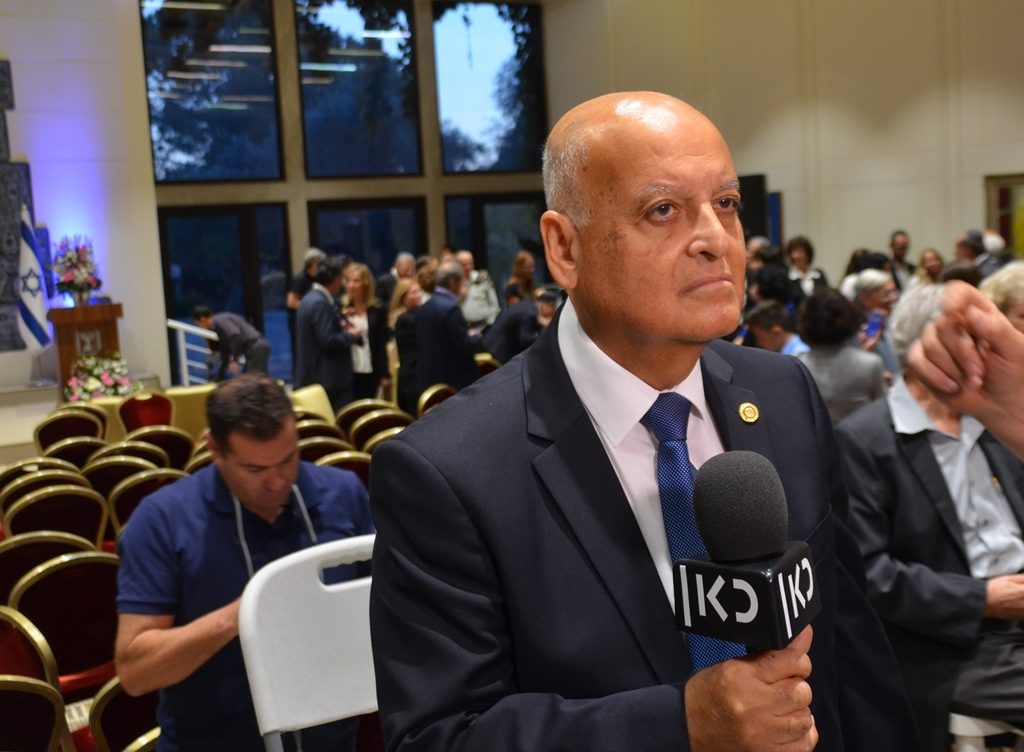
was that of recently retired Supreme Court Judge Salim Joubran,
who was interviewed after the ceremony for Israeli TV.
He was the Arab Judge who oversaw the last Israeli election.
Who would have imagined any of these things 100 years ago?
Palestine was a barren desert under Ottoman rule.
Today as we still await the rainy season,
the only umbrella I saw out this week
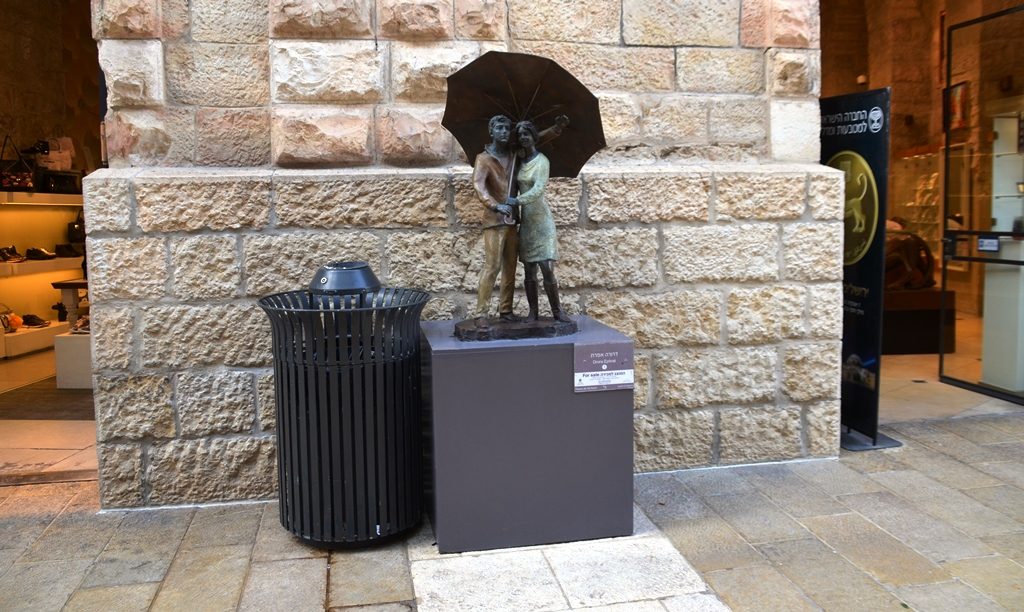
was on this art piece in Mamilla Mall.
And as always it seems,
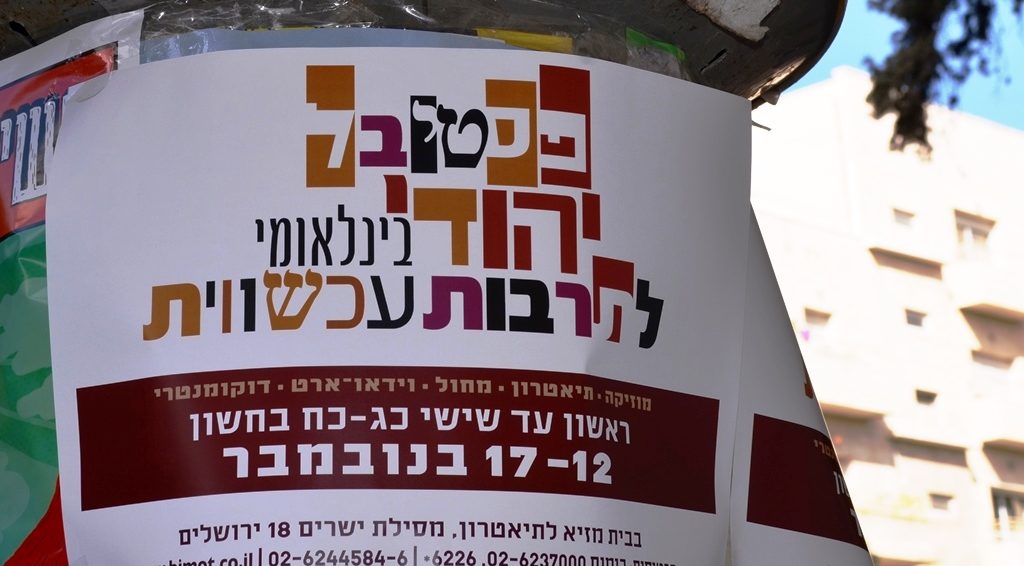
there is another new cultural festival ahead.
Who could have imagined any of this 100 years ago?
Who could have imagined it 70 years ago?
A short video, part of German Ambassador’s testimony in Knesset:
More on legislation here,
but this is getting way too long, as always.
The three millionth tourist for 2017,
entered Israel, receiving a royal welcome,
they will certainly see for themselves,
what is happening on the Jerusalem, Israel streets.
“Watershed” is theme of 3rd Jerusalem Biennale,
an international collection of Jewish Contemporary art,
comprised of 26 exhibitions in 9 venues,
running from October 1 – November 16.
One venue is the old Bezek Building on Chopin Street

across from the Jerusalem Theater.
Homelands, reflections of the Jews of Islamic Lands,
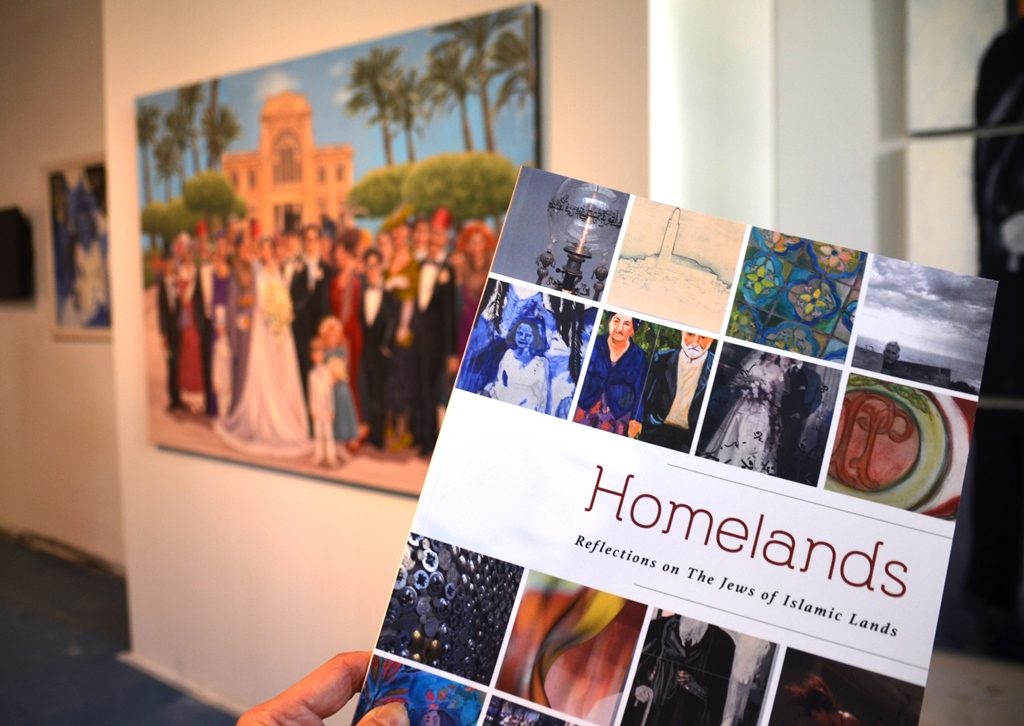
was fascinating.
One descendant of Jews exiled from Arab lands,
Shy Abady, named his piece “Racial Profiling”

(or Uncle Ezra, Father and Gamal Abdel Nasser.)
Another fascinating venue was the

Museum of the Underground Prisoners,
which was built in the 1860s, as part of the Russian Compound.
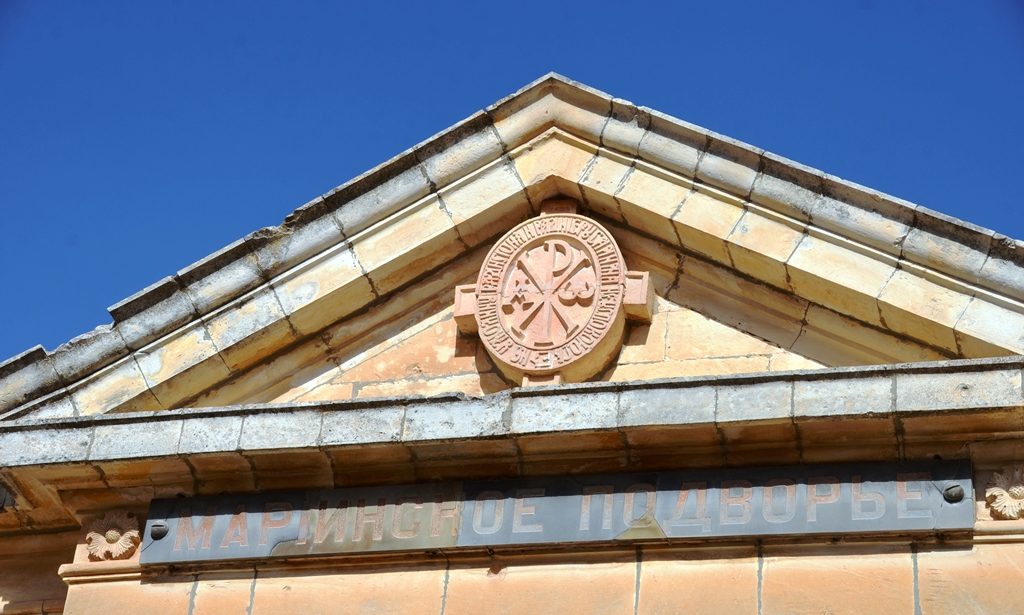
The sign above the entrance says
“Marinskoe podvorie or Maria’s Court.”
During the British Mandate,
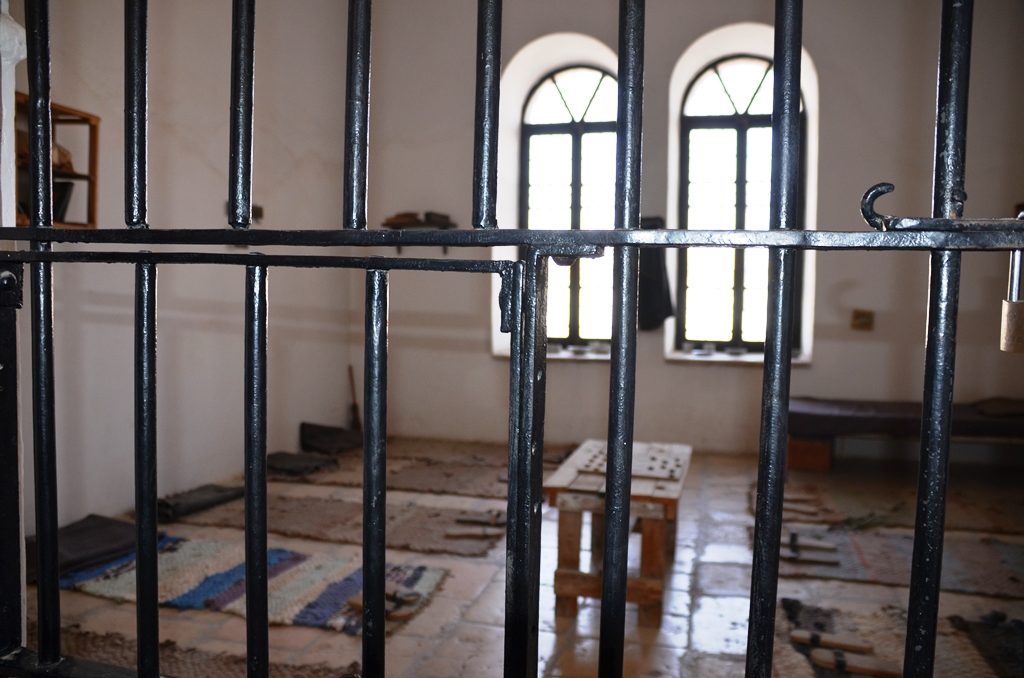
with its bars and cells, this place
was known for its harsh treatment of Jews.

What a striking contrast with these

works of contemporary art.
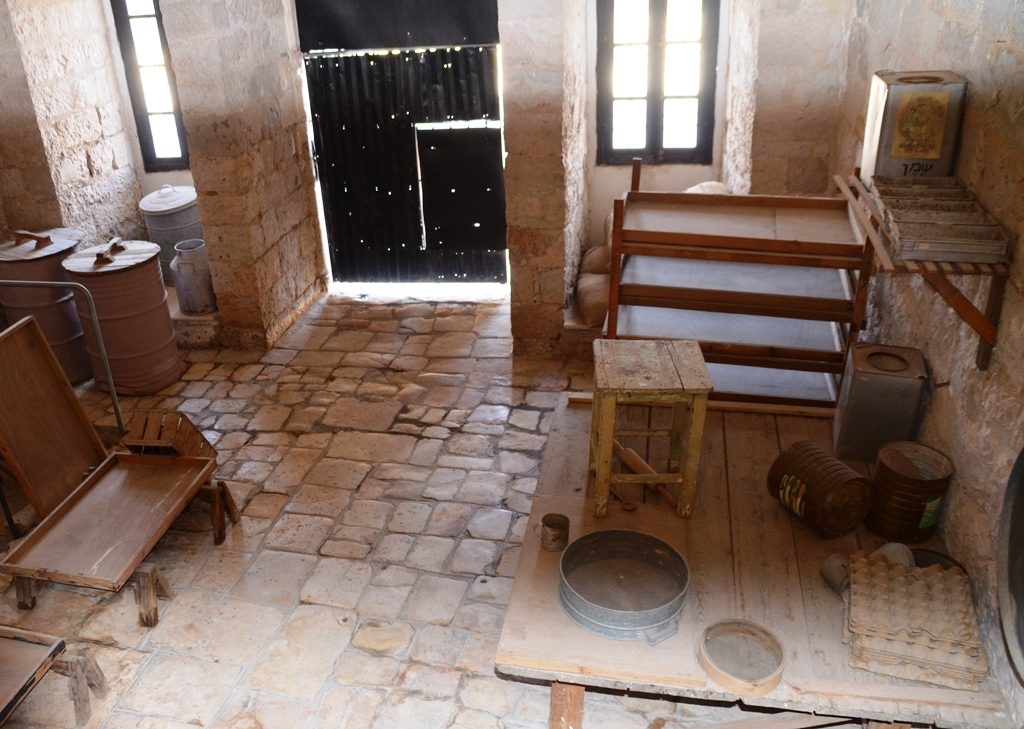
No complaining about kitchens after seeing this one,
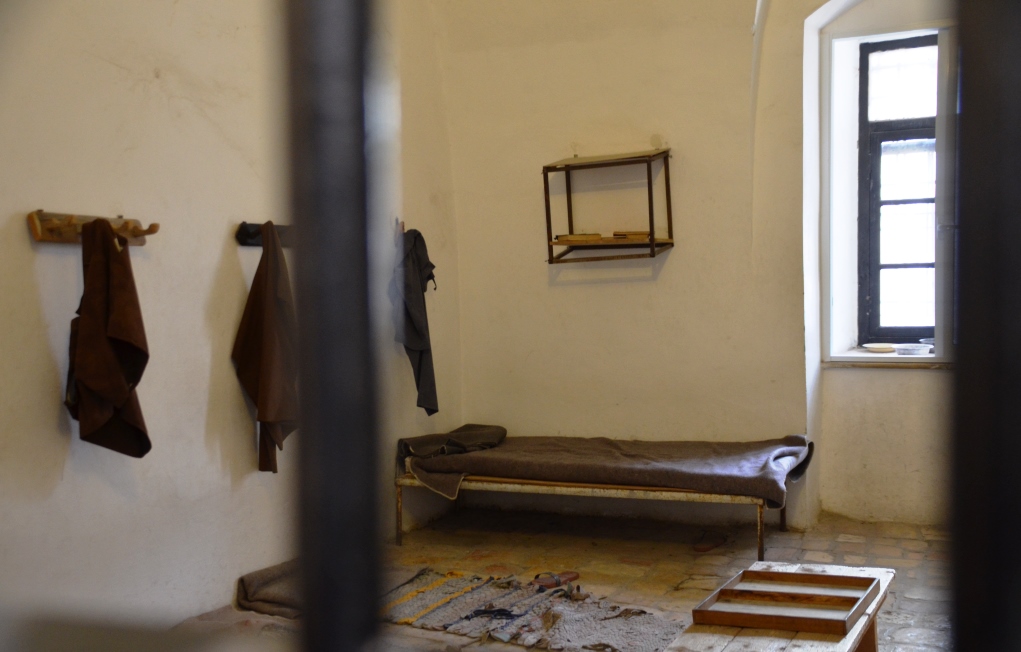
or dorm mattresses either.

This was the infirmary.
One of the exhibit’s “Watershed” moments
was the Balfour Declaration,
of November 2, 1917,
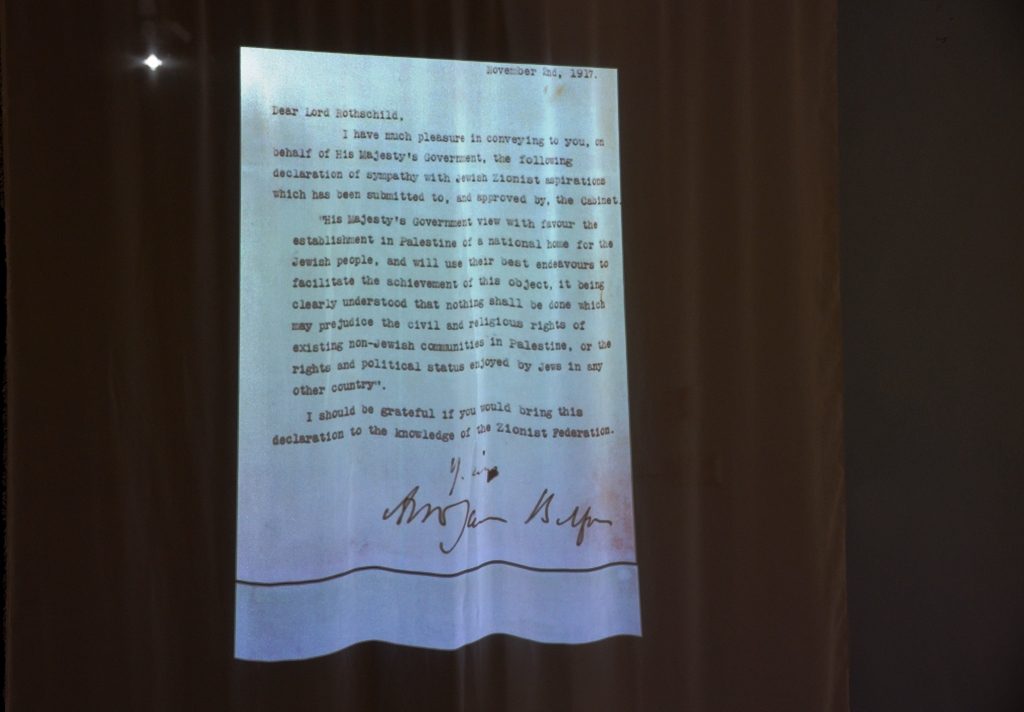
which was projected as part of this art piece.
It was located next to this
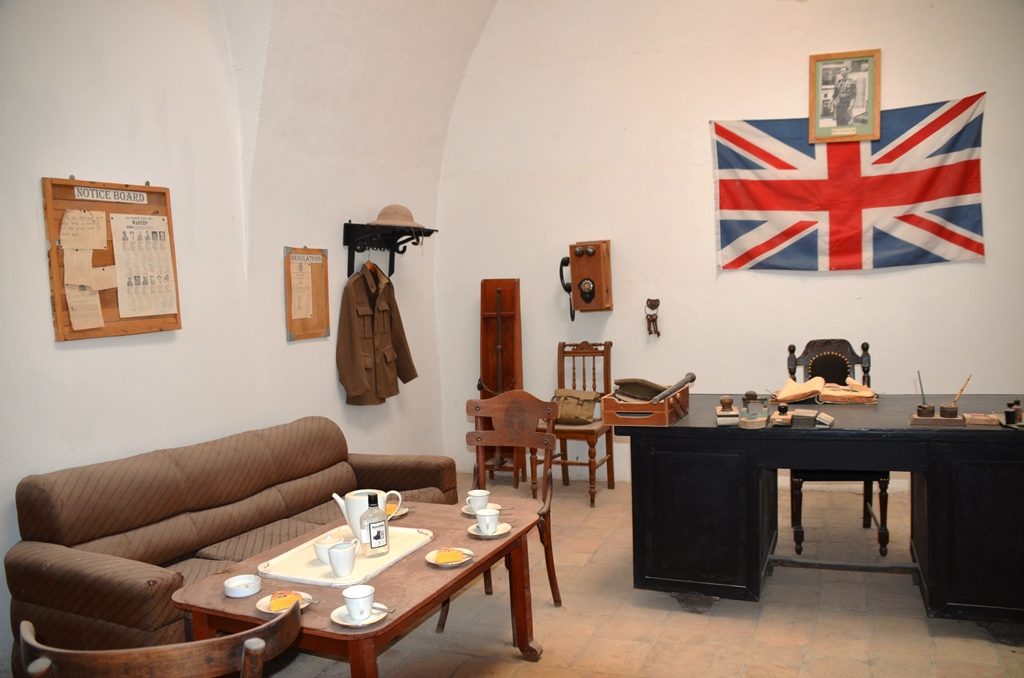
replica of the British Mandate office.
The contrast of old and new
is always a major theme in Jerusalem,

but here it goes further as the isolation cells were
used to show various videos of watershed moments.
In this former prison a room is dedicated as a memorial to
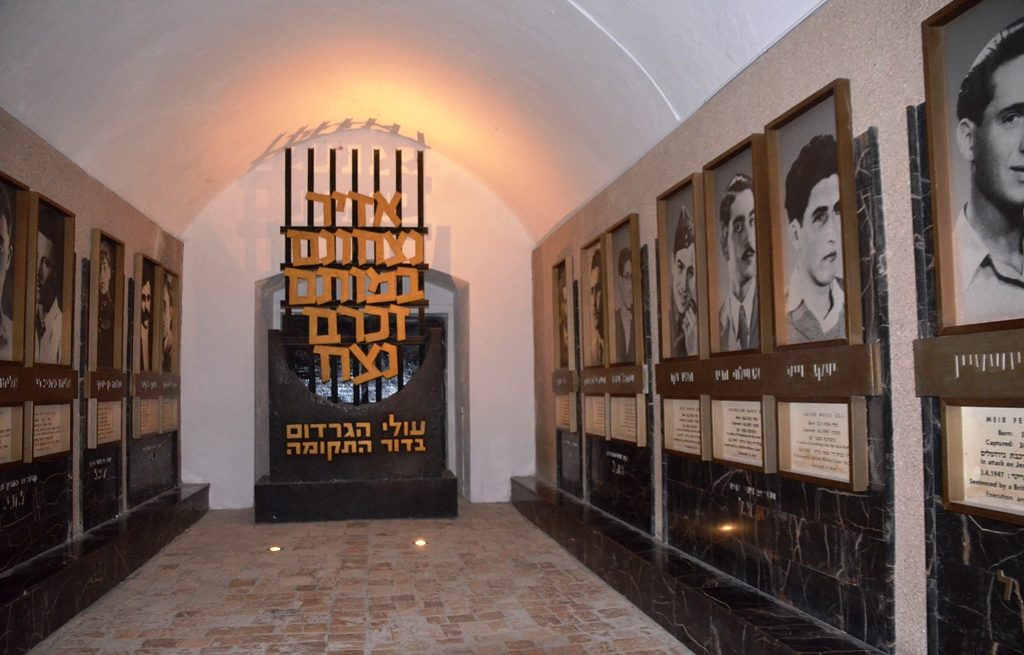
those fallen in establishing a state in the Jewish homeland.
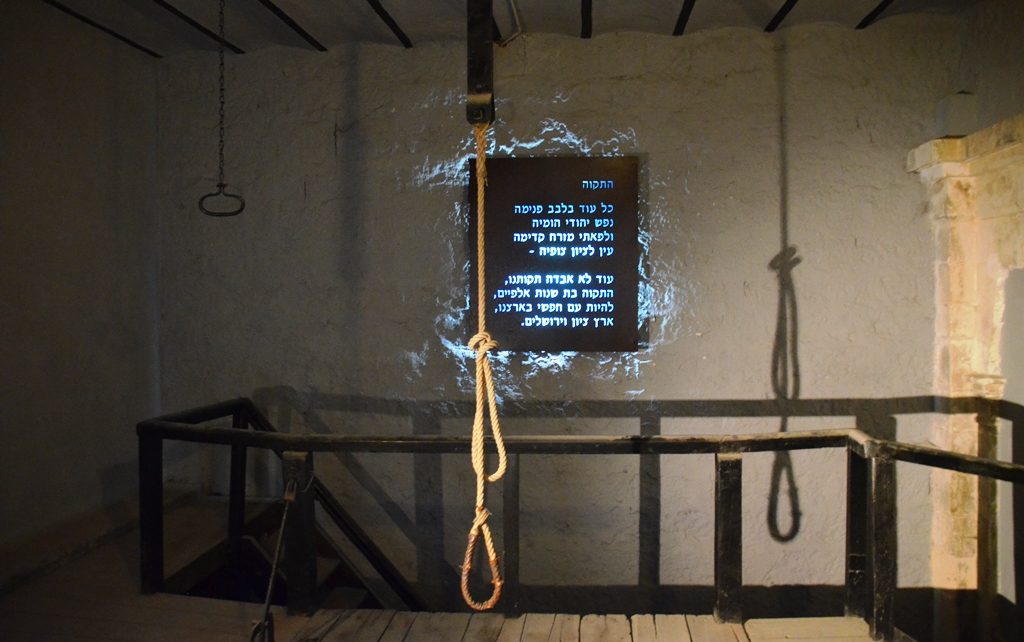
The words of Hatikvah are on the wall
behind the hanging gallows,

and their photos are a few meters away.
Outside in the prison yard,
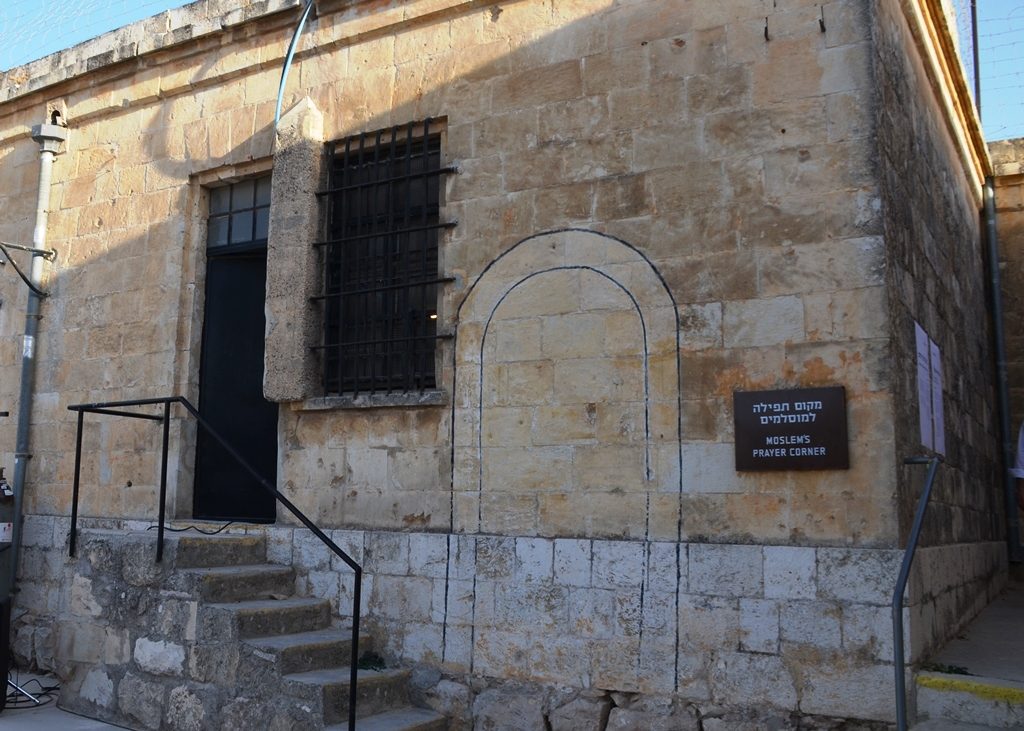
a corner designated for Muslim prayer.
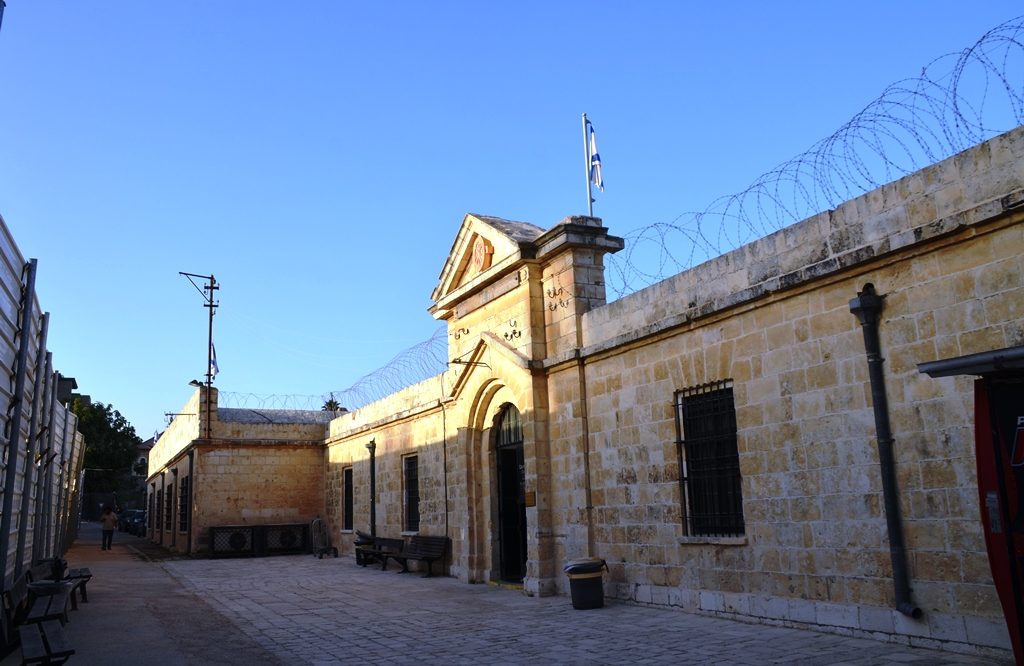
The former prison, being used as an art gallery,
held some of my favorite pieces
made by Jewish Artists in America,
Jeffrey Brosk, Barabara Hines and George Tobolowsky.
Talking with them was also a pleasure,
as they explained their work.
It was recently announced
that this former prison will become the home of Galatz,
the IDF military radio station.
Please notice the construction fence on the left,
that leads to the new Bezalel Arts Campus.
So much more, but all there is time for now.
For more check, RJS Facebook photos
and link to full Biennale website.
And still more,
the 9th year showcasing Jerusalem contemporary art
is the Jerusalem festival called Manofim
The Shabbat Project held multiple events,
and the annual Oud Festival is beginning.
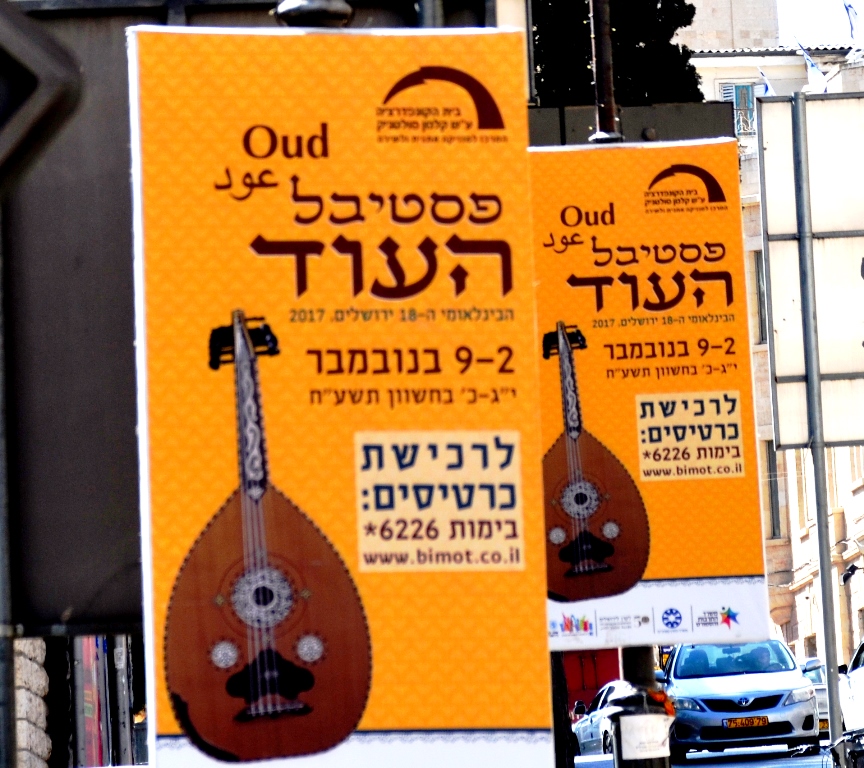
Another week of too much happening
on the Jerusalem, Israel streets